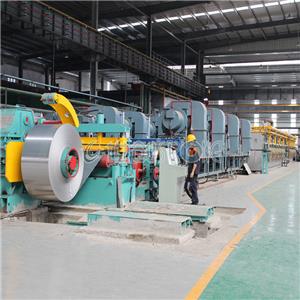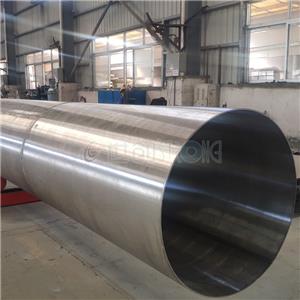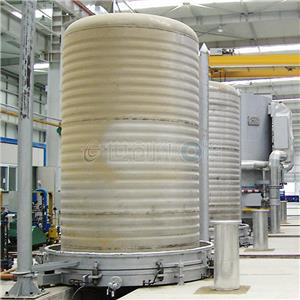- Muffles for Furnaces
- Muffles For Horizontal Furnaces
- Muffles For Vertical Furnaces
- Muffles For Bell Furnaces
- Muffles For Carburizing Nitriding
- Muffles for conveyor furnaces
- Muffles For Ammonia Crackers
Solution to the blackening of the workpiece surface after using quenching oil
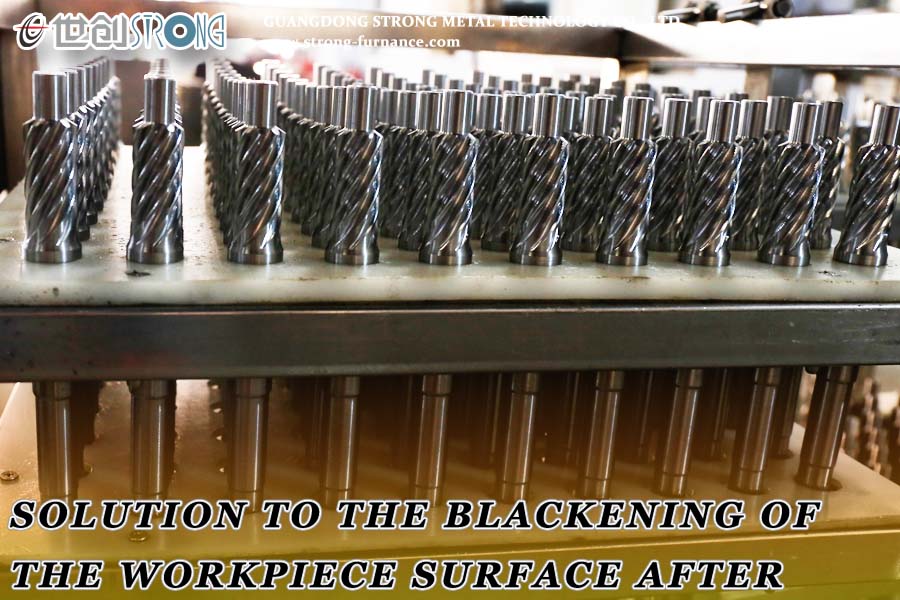
Solution to the blackening of the workpiece surface after using quenching oil
I believe that many companies have encountered such a problem-after quenching the workpiece with quenching oil, the surface of the workpiece is black and not very bright. If you don't pay attention, the product of one process may be scrapped. It is mainly caused by the following reasons.
Quenching process problems
1. The quenching oil is not degassed or the degassed is insufficient before use
For hardened workpieces, if the requirements are high, the quenching oil should be degassed every time the furnace is opened. If the requirements are not high, it can be operated according to the usage. In addition, the quenching oil should be degassed regularly.
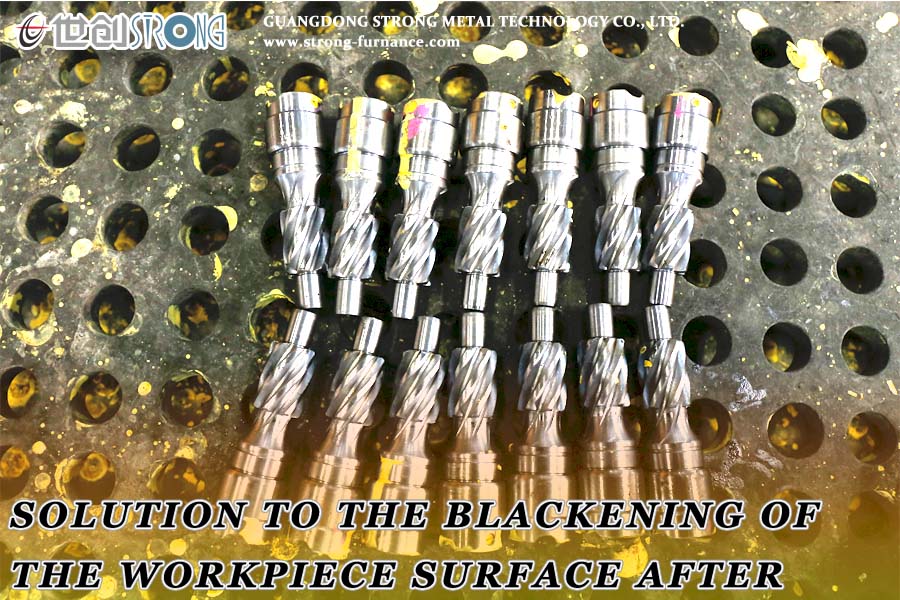
2. During quenching, the workpiece temperature is too high or the oil temperature is not enough
When quenching, the workpiece temperature should not be too high, there should be a gap, and the oil temperature of the quenching oil should be sufficient. If the oil temperature is too low, the cooling rate will be reduced, but it should not be too high, the aging rate of the quenching oil will be accelerated, and it should be controlled at about 60℃-80℃.
3. The workpiece has been oxidized before quenching
After heating or carburizing, before oil quenching, the workpiece oxidizes and loses its metallic luster, and absorbs the carbon in the quenching oil. The workpiece should be kept hot and free of oxidation, and the quenching oil needs to be purified.
Because slight oxidation will not lead to low hardness of the workpiece surface, but will change its surface reflection and absorption characteristics of light, as well as the adsorption characteristics of particles such as carbon black.

4. Impurities mixed in quenching oil
Quenching oil mixed with impurities or other oils will affect its effective performance, and thus affect the effect of the workpiece after quenching.
5. Surface oil stains are not cleaned
Quenching oil is adsorbed on the surface of the workpiece after high-temperature oxidation, and needs to be cleaned and restored to its original color.
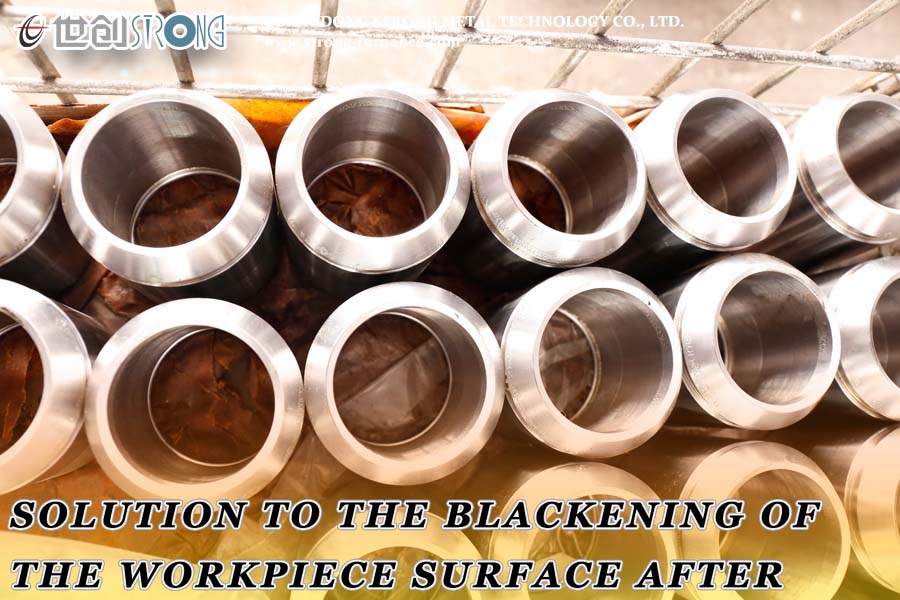
Quenching oil problem
In addition to the 5 reasons, there is the problem of quenching oil quality. The surface of the workpiece turns black. There are two factors in quenching oil: base oil quality and its cooling rate. If these two aspects are not good, the surface of the workpiece is prone to blackening after use.
When using quenching oil, pay attention to the process used and the quality of the quenching oil, do a good job in the quenching process, use good quenching oil products, and improve production efficiency.
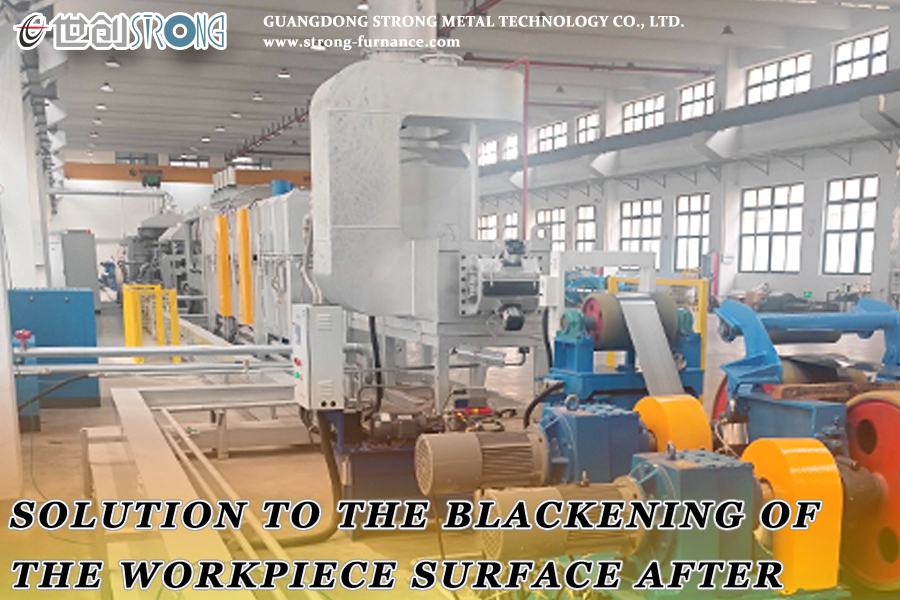
Continous Hardening And Tempering Production Line for carbon steel and alloy steel strips.
This line is for continuously hardening and tempering strips of saw steel, tool steel, nife steel, spring steel, stamping steel.
Product Descrption:
1)Continuous operation;
2)online quenching tanks;
3)quenching media can be water, oil, lead;
4)PLC temperature control;
5)PLC system control;
Specification:
Type: Horizontal
Heating method: Oil, Gas, Electricity
Strip thickness: 0.1-4.5mm
Strip width: 100-750mm
Max. output: 1.2MT/hour



